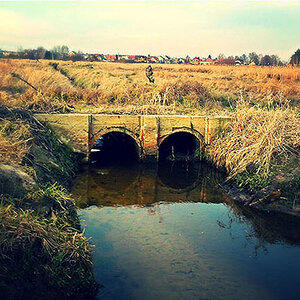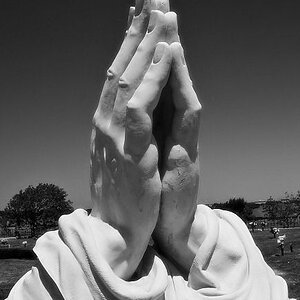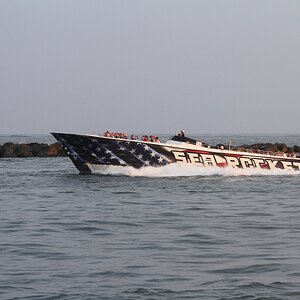schellfarms
TPF Noob!
I have the Canon xSi DSLR. I'd like to learn more about third party lenses. I don't really want any lens in partiular yet, but was wondering about vendors. If looking at Sigma, Tamron, etc., is there any one particular maker who stands out in quality over the others? The main think I'm thinking of is a lens with a lower f stop. I'm trying to learn to take night time shots, and would like to be able to open the aperature more than my current f/ 5.6 lens allows. Price is an issue also, but quality is more important--if I can stick with a third party vendor.


 Ok I was following on from itznfb's post. Didn't even see that the OP had a Canon. Woopse, now ask him why he started.
Ok I was following on from itznfb's post. Didn't even see that the OP had a Canon. Woopse, now ask him why he started. 
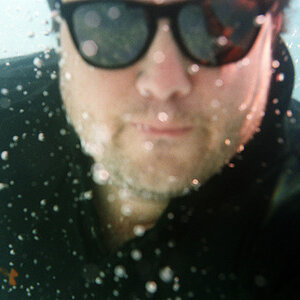

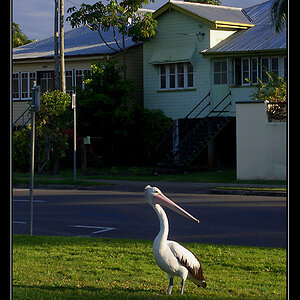


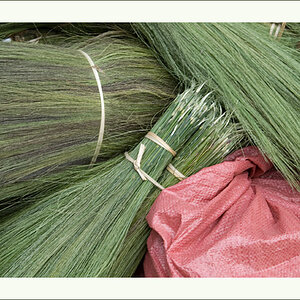
![[No title]](/data/xfmg/thumbnail/1/1592-cfae4a7ea791f96c6e2d03484be2e454.jpg?1619729144)

